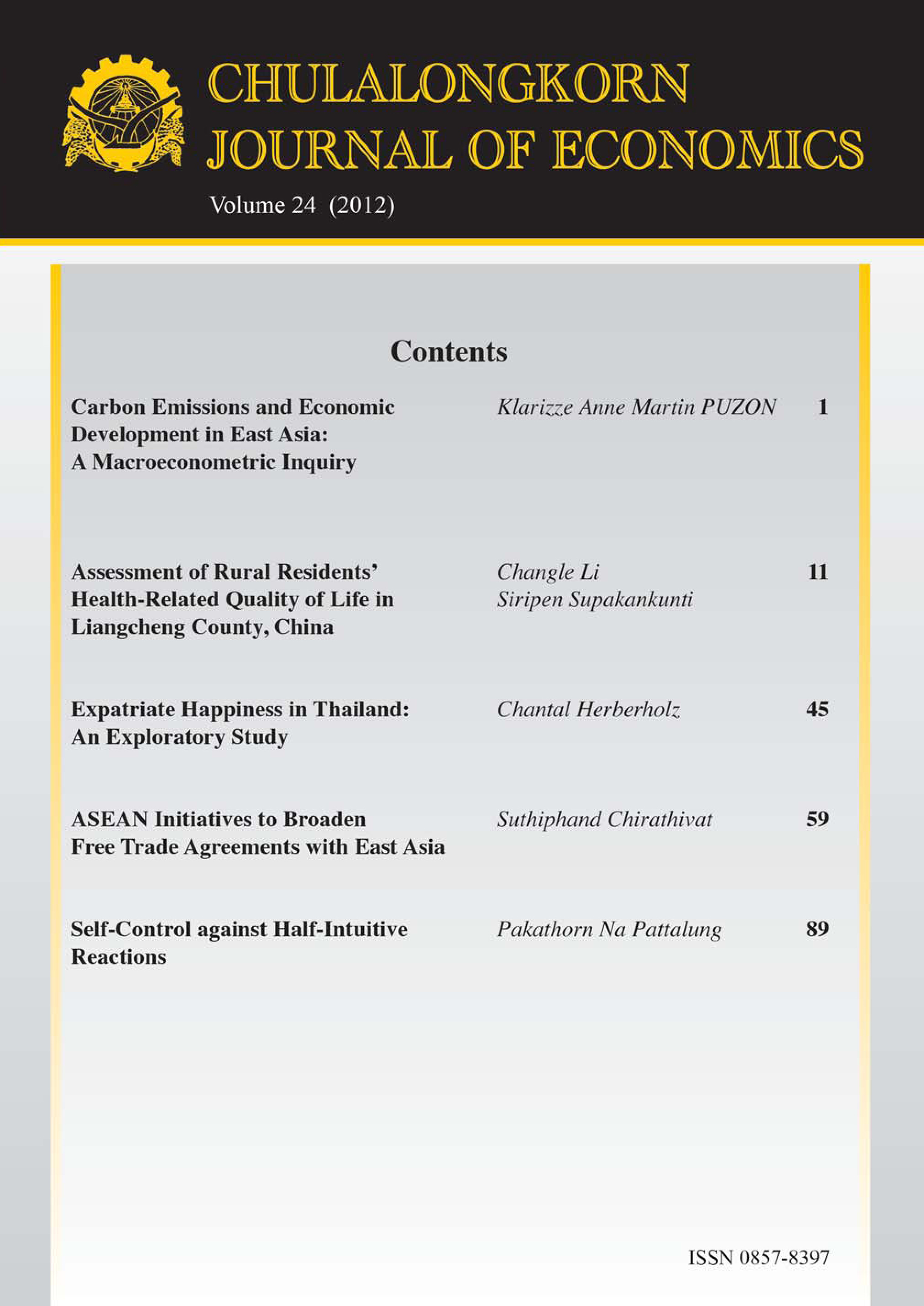Testing the Monetary Models of Exchange Rate Determination: some New Evidence From Modern Float
Keywords:
Exchange Rates, Money Supply, Income, Interest Rate, InflationAbstract
The paper empirically takes an extensive evaluation of the long-term relationship between monetary variables and nominal exchange rates in Pakistan. For this purpose, three monetary models determining the values of the Pak-rupee vis-avis the currencies of 17 major trading partners of Pakistan are estimated using quarterly time-series data for the floating exchange rateperiod (1983Q1 to 2007Q4). Empirical results reveal that the flexible price monetary model best explains the behavior of Pak-rupee nominal exchange rates as compared to the sticky price and the real interest differential monetary models. Further, by taking into account stat ionarity and endogeneity problems, the Generalized Method of Moments (GMM) estimates provideconsiderable support for the flexible price monetary model on the basis of country-bycountry analysis. Therefore, we conclude that monetary variables confirm results for the determination of nominal exchange rates and validate monetary models as long-run equilibrium conditions.
Downloads
Published
How to Cite
Issue
Section
License
The submission of a manuscript implies that the paper is an original work and has not been published elsewhere. The author(s) authorize the journal to reproduce or distribute the paper in printed or other electronic forms.







